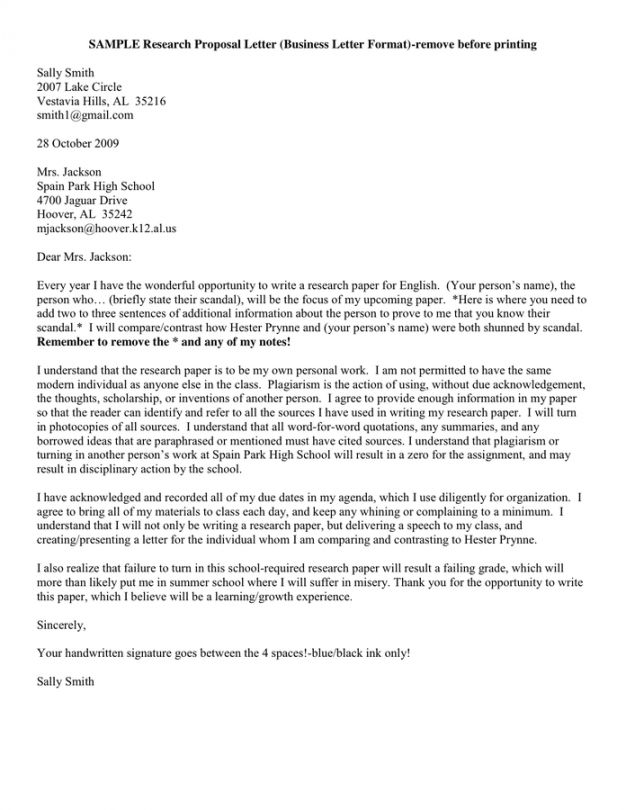You need to write a research paper cover letter to submit to a journal, so it’s important to follow the standard format. While you can always follow the traditional five-paragraph format of a research paper, there are a few additional things that you should include in your letter. To start, make sure to write a strong lead-in to your cover letter. Lastly, it’s helpful to know what the journal’s ethical requirements are so that you can follow them in your letter.
Writing a strong lead-in to a cover letter
Writing a strong lead-in to re-search paper can be difficult, but a little effort can go a long way. Using personal experiences as a lead-in will draw attention to the paper more than a more generic introduction. Keep in mind, though, that personal experience introductions should get to the point quickly. Your cover letter should be only one or two sentences long, and the introduction should come before your skills and the main body.
Your cover letter should be addressed to a real person, not a computer. While you should highlight your accomplishments, you should also avoid using too much jargon. Instead, focus on highlighting just a few of your best papers, and describing their fit in the existing literature in a few sentences. Using jargon or too many technical terms in your letter will only make your letter more cluttered and less impressive than it should be.
Using the traditional five paragraph format for research paper
If you want to apply for a position in a scientific research institute, you should follow the traditional five paragraph format for your cover letter. The letter should state your research questions, methods, findings, arguments, and references. In the next paragraph, highlight the intellectual merit of your research, the implications of your work, and any prestigious funding or publication you may have. In the end, your cover letter should summarize the significance of your research for the field and the world.
As the last step before submitting your manuscript, the cover letter is one of the most important parts. It should be informative and persuasive, arguing that your paper is novel, and justifying its relevance to the journal that the paper is being submitted to. It should be no more than half a page, but it should be informative enough to catch the reader’s attention and convince him or her to read the rest of the manuscript. The cover letter should also acknowledge the work of peer reviewers.
Creating a research paper cover letter
Creating a research paper cover letter is easy if you follow a few simple steps. First, you must outline the most important points of your paper. Then, focus on one or two sentences that connect your findings to your audience. Finally, avoid repeating your abstract. Instead, make your reader want to read your paper by highlighting the most important findings and conclusions. Hopefully, you’ve learned some valuable tips by reading the following examples of cover letters.
Address the editor by name, preferably the Editor-in-Chief or Section Editor. You can check the journal’s submission form to determine who to address your letter to. Include the name of your research paper and its coauthors. State that your letter is a proposal or a manuscript and include a brief description of the research. Reference any prior work or publications that are relevant to the topic.
Include a list of potential reviewers. Some journals ask authors to list potential reviewers. Reviewers are experts in your field who independently evaluate your paper for publication. Be sure to include a diverse list of experts. Make sure to list a minimum of three potential reviewers. Also, include your contact information for each of the authors. When drafting your cover letter, consider your audience. It should show how well you can represent your research.




